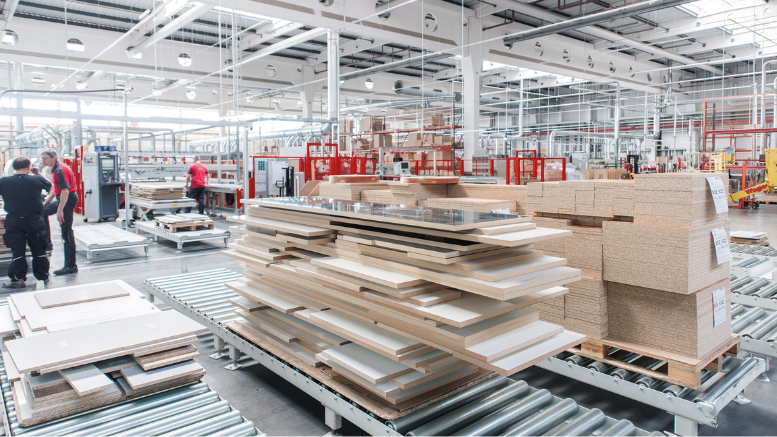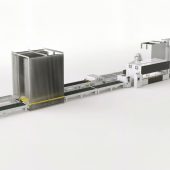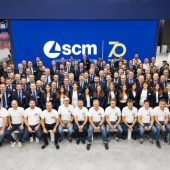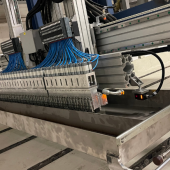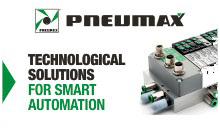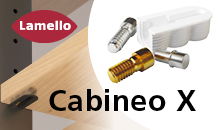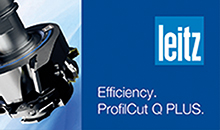Ima Schelling, the German group specialized in the design and production of wood processing plants, recently unveiled new software dedicated to the dynamic stacking planning of processed wood panels. According to the company, this solution will ensure greater work safety and optimal line utilization in the woodworking industry.
“This innovative software anticipates and plans the stacking process, guaranteeing stability and density through an intelligent algorithm and a physical engine“.
Not only that, the new software aims to reduce stack changeover times and improve system utilisation and traceability, while allowing customer-specific orders to be filled and minimizing the space required in the factory hall.
“The algorithm also calculates in advance and over time, offering benefits such as stack regeneration in the event of plate damage. The solution excels at forming stable stacks, even for batch size 1 production, making it a valuable asset in woodworking operations“.
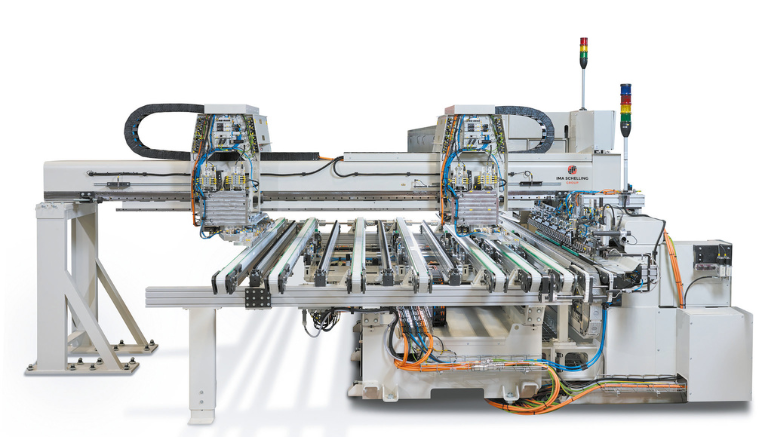
Not only. The has also updated its servo infeed and stop system for pass-through edge processing machines, including an optimised parts flow through continuous alignment of the workpieces. Further adaptations allowed for a reduction in noise emissions and tolerances, as well as an increase in productivity. This brings a number of benefits for customers.
The workpieces are now aligned directly in the flow movement. Adjustments to the insertion cams and the counter holders lead to an increase in the accuracy of the machined workpieces. Ima Schelling has also optimied the stop system.
“With our revised infeed system, we can offer our customers a whole range of benefits,” explains Dennis Reddig, Product Manager Edge Processing. More precise alignment of the parts reduces tolerances and thus increases the product quality of the manufactured workpieces.
“We have also improved efficiency and convenience at the same time as quality,” emphasises Reddig. Reduced cycle times ensure increased productivity, while improved operation and maintenance options as well as reduced noise emissions produce a more pleasant working environment for the machine operator.

